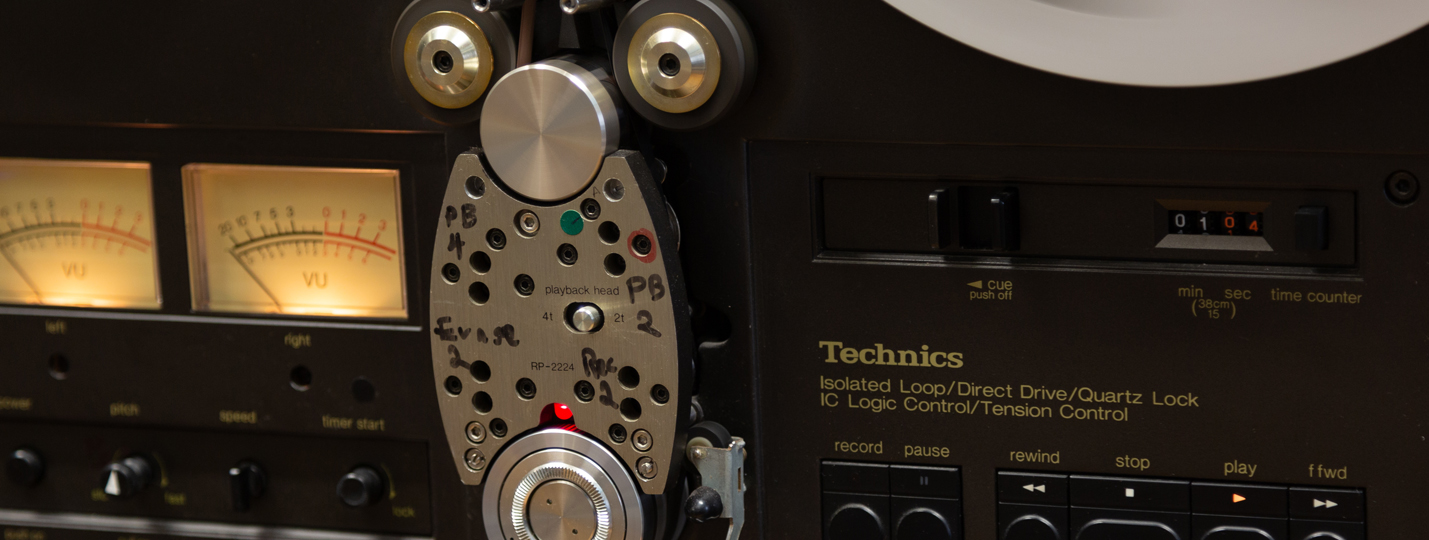

- #Cinesync synchronize sound 8mm movies movie#
- #Cinesync synchronize sound 8mm movies portable#
- #Cinesync synchronize sound 8mm movies professional#
The "nominal" picture projection area (per SMPTE RP 20-2003) is 0.380 in by 0.284 in, and the maximum picture projection area (per SMPTE ST 233-2003) is 0.384 in by 0.286 in, each implying an aspect ratio of 1.34:1. The picture-taking area of standard 16 mm is 10.26 mm × 7.49 mm (0.404 in × 0.295 in), an aspect ratio of 1.37:1, the standard pre-widescreen Academy ratio for 35 mm. These differences allow for the sharpest and smoothest possible image when making prints using a contact printer.įilm stocks are available in either 'single-perf' or 'double-perf', meaning the film is perforated on either one or both edges.

Negative and intermediate film stocks have perforations spaced 7.605 mm (0.2994 in), known as "short pitch". One specification, known as "long pitch", has a spacing of 7.62 mm (0.300 in) and is used primarily for print and reversal film stocks. Two perforation pitches are available for 16 mm film. Nevertheless, 16 mm is still in use in its Super 16 ratio (see below) for productions seeking its specific look.įormat standards Perforations Replacing analog video devices, digital video has made significant inroads in television production use. The introduction of magnetic striped film further improved sound fidelity.
#Cinesync synchronize sound 8mm movies portable#
īeginning in the 1950s, news organizations and documentarians in the United States frequently shot on portable Auricon and, later, CP-16 cameras that were self-blimped and had the ability to record sound on film. Usually made up of five people, these small crews were able to work incredibly efficiently and, even in hostile environments, were able to film an entire programme with a shooting ratio of less than 5:1. Using these tools, film department crews would work on some of the most significant programmes produced by the BBC, including Man Alive, Panorama and Chronicle. Throughout much of the 1960s-1990s period, these crews made use of cameras such as the Arriflex SP and Eclair NPR in combination with quarter-inch sound recorders, such as the Nagra III. In Britain, the BBC's Ealing-based film department made significant use of 16mm film and, during its peak, employed over 50 film crews.
#Cinesync synchronize sound 8mm movies movie#
The home movie market gradually switched to the even less expensive 8 mm and Super 8 mm film formats.ġ6 mm, using light cameras, was extensively used for television production in many countries before portable video cameras appeared. At first used as a news-gathering format, the 16 mm format was also used to create television programming shot outside the confines of the more rigid television studio production sets. The advent of television production also enhanced the use of 16 mm film, initially for its advantage of cost and portability over 35 mm.
#Cinesync synchronize sound 8mm movies professional#
Films for government, business, medical and industrial clients created a large network of 16 mm professional filmmakers and related service industries in the 1950s and 1960s. The format was used extensively during World War II, and there was a huge expansion of 16 mm professional filmmaking in the post-war years. The addition of optical sound tracks and, most notably, Kodachrome in 1935, gave an enormous boost to its popularity. The silent 16 mm format was initially aimed at the home enthusiast, but by the 1930s it had begun to make inroads into the educational market. 35 mm nitrate was discontinued in 1952.ġ6 mm Eastman Kodak color movie from Paris dated 1939 Production evolution Kodak never used nitrate film for the format, owing to the high flammability of the nitrate base. Intended for amateur use, 16 mm film was one of the first formats to use acetate safety film as a film base. In addition to making home movies, people could buy or rent films from the library, a key selling aspect of the format. Kodak hired Willard Beech Cook from his 28 mm Pathescope of America company to create the new 16 mm 'Kodascope Library'. During the 1920s the format was often referred to by the professional industry as sub-standard. 5.1 Color fading of old film and color recoveryĮastman Kodak introduced 16 mm film in 1923, as a less expensive alternative to 35 mm film for amateurs.


 0 kommentar(er)
0 kommentar(er)
